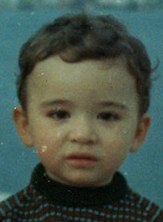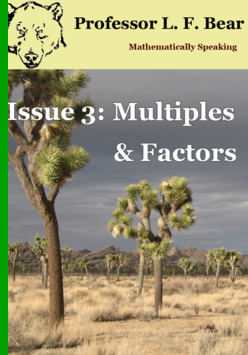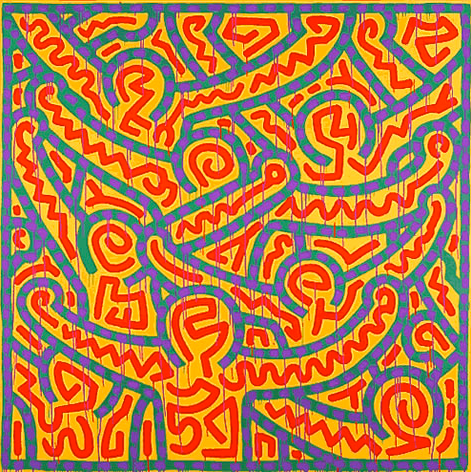If you’re interested in some math recreation: the square root of 2 is a number like pi. It’s irrational, meaning that its decimal expansion does not terminate or repeat. It goes on forever with no pattern. You could never fully specify it as a decimal. Numbers that do have a terminal or repeating decimal expansion are called rational numbers.
Proof (I will be longwinded):
Claim: if a number has a terminal or repeating decimal expansion, then it can be written as A/B, where A and B are whole numbers.
Non-rigorous Proof of Claim: The case of the terminal expansion is easy. A decimal that ends, such as 0.12345 is just 12345/100,000.
In the case of the repeating decimal, the proof involves a trick. Suppose a number S = 0.abcabcabcabc… repeating abc forever.
Then, 1000*S = abc.abcabcabc… repeating abc forever.
1000*S – S = abc.abcabc… – 0.abcabcabc… = abc (if you don’t believe it, let a = 1, b = 2, c = 3)
Therefore, 1000*S – S = abc.
1000*S – S = 999*S (if S is an apple, this is like saying 1000 apples – 1 apple is 999 apples).
999*S = abc
This means that S = abc/999 and we have converted the repeating decimal S into a fraction of the form A/B. A similar trick works for any repeating decimal.
Exercise: try proving that the repeating decimal 0.1111… is a simple fraction. What is it?
The proof that the square root of 2 is irrational hinges on showing that it is impossible to write the square root of 2 as a fraction A/B. In other words, the square root of 2 cannot rational. This is a technique called proof by contradiction. It’s often used in squirrelly matters such as infinity.
Proofs by contradiction all have a similar format: suppose something outrageous. Prove that it violates logic. If every step of the argument is logically sound, then the original outrageous assumption must be the one that is false.
Outrageous assumption: the square root of 2 has a terminating or repeating decimal.
Implication: if true, then there are numbers A and B where the square root of 2 is A/B.
Implication: furthermore, it’s possible to find A and B where the fraction A/B is in lowest terms, in other words, A and B have no common factors. (You know from elementary school math that common factors can be canceled out. So we assume they are canceled out.)
(refresher: 1/3 is in lowest terms. 2/6 is not in lowest terms).
If A/B = square root of 2,
then (A/B) * (A/B) = 2
This means that A*A / B*B = 2
This means that A*A = 2*B*B.
This in turn means that 2 is a factor of A*A.
Claim: The only way this can happen is if 2 is a factor of A.
Proof of Claim: Let S*T be the product of two numbers. Then either:
S is even, which makes S*T even; or,
T is even, making S*T even; or,
S and T are both even, making S*T even, or
S and T are both odd, making S*T odd.
In the special case S = T = A, and A*A is even, then A must be even, so 2 is a factor of A.
The number A must be of the form A=2*K.
That means that A*A = (2K)*(2K) = 4 K*K.
If 4*K*K = 2 B*B,
then 2*K*K = B*B.
The only way this can happen is if 2 is a factor of B.
However, this violates the implication that A and B have no common factors.
Numbers A and B that satisfy the original assumption cannot be found.
(This is a more detailed version of the proof you find on wikipedia.)






